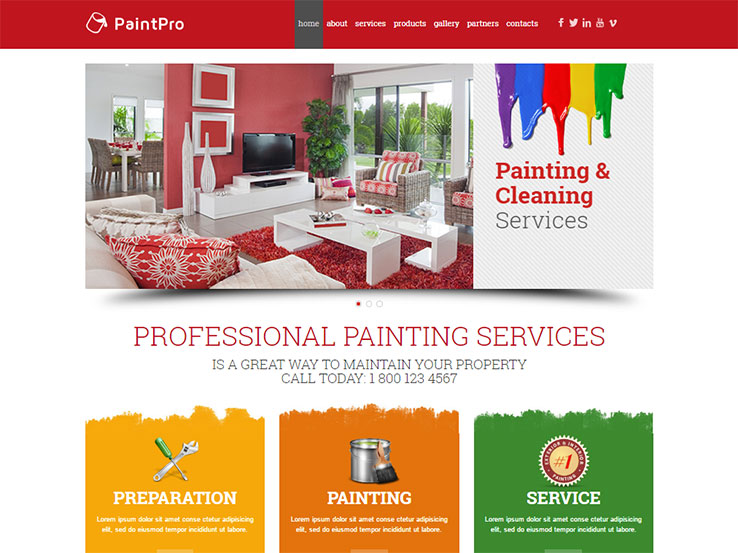Vital Seasonal Aspects Of Commercial Outside Painting: What You Need To Understand
Vital Seasonal Aspects Of Commercial Outside Painting: What You Need To Understand
Blog Article
Post Composed By-Korsholm Urquhart
When you're planning a business exterior painting job, seasonal factors can make or break your outcomes. You'll intend to think about exactly how temperature and humidity effect paint application and drying out times. Picking the ideal season can ensure your paint sticks effectively and lasts much longer. But which periods are truly the very best for this sort of job? Allow's check out the key elements that can influence your project's success.
The Influence of Temperature Level on Paint Application
When you're planning a business external paint job, the temperature level can substantially affect just how well the paint adheres and dries out.
Ideally, you wish to paint when temperature levels range between 50 ° F and 85 ° F. If it's too cool, the paint might not treat appropriately, resulting in issues like peeling or cracking.
On the other side, if it's too hot, the paint can dry out also swiftly, protecting against proper bond and leading to an unequal coating.
You should additionally consider the moment of day; morning or late afternoon offers cooler temperature levels, which can be more beneficial.
Constantly examine the maker's referrals for the certain paint you're utilizing, as they frequently provide advice on the perfect temperature array for optimal results.
Moisture and Its Impact on Drying Times
Temperature level isn't the only environmental factor that influences your commercial external paint project; moisture plays a considerable role too. High humidity levels can reduce drying times significantly, impacting the overall high quality of your paint task.
When the air is filled with wetness, the paint takes longer to heal, which can result in problems like bad attachment and a greater risk of mold development. If you're painting on a particularly moist day, be gotten ready for extended wait times in between coats.
It's important to keep an eye on neighborhood weather and strategy appropriately. Preferably, go for humidity degrees in between 40% and 70% for optimal drying out.
Keeping these factors in mind guarantees your job remains on track and supplies a lasting coating.
Best Seasons for Commercial Exterior Painting Projects
What's the most effective time of year for your industrial external painting tasks?
Springtime and early autumn are typically your best bets. During these periods, temperature levels are moderate, and moisture levels are commonly reduced, creating perfect conditions for paint application and drying out.
Prevent summer season's intense heat, which can create paint to dry as well swiftly, bring about inadequate bond and coating. In a similar way, winter months's cold temperature levels can impede correct drying and healing, risking the durability of your paint work.
Aim for days with temperature levels between 50 ° F and 85 ° F for optimum results. Remember to examine exterior house painters near me for rainfall, as damp problems can ruin your job.
Planning around these aspects guarantees your painting task runs efficiently and lasts longer.
Final thought
Finally, planning your business outside paint projects around seasonal considerations can make a significant difference in the result. By scheduling work throughout the perfect temperatures and moisture levels, you'll guarantee much better bond and drying out times. Remember to watch on local weather prediction and choose the correct time of year-- springtime and very early fall are your best bets. Taking linked here will certainly aid you achieve a long lasting and professional finish that lasts.
